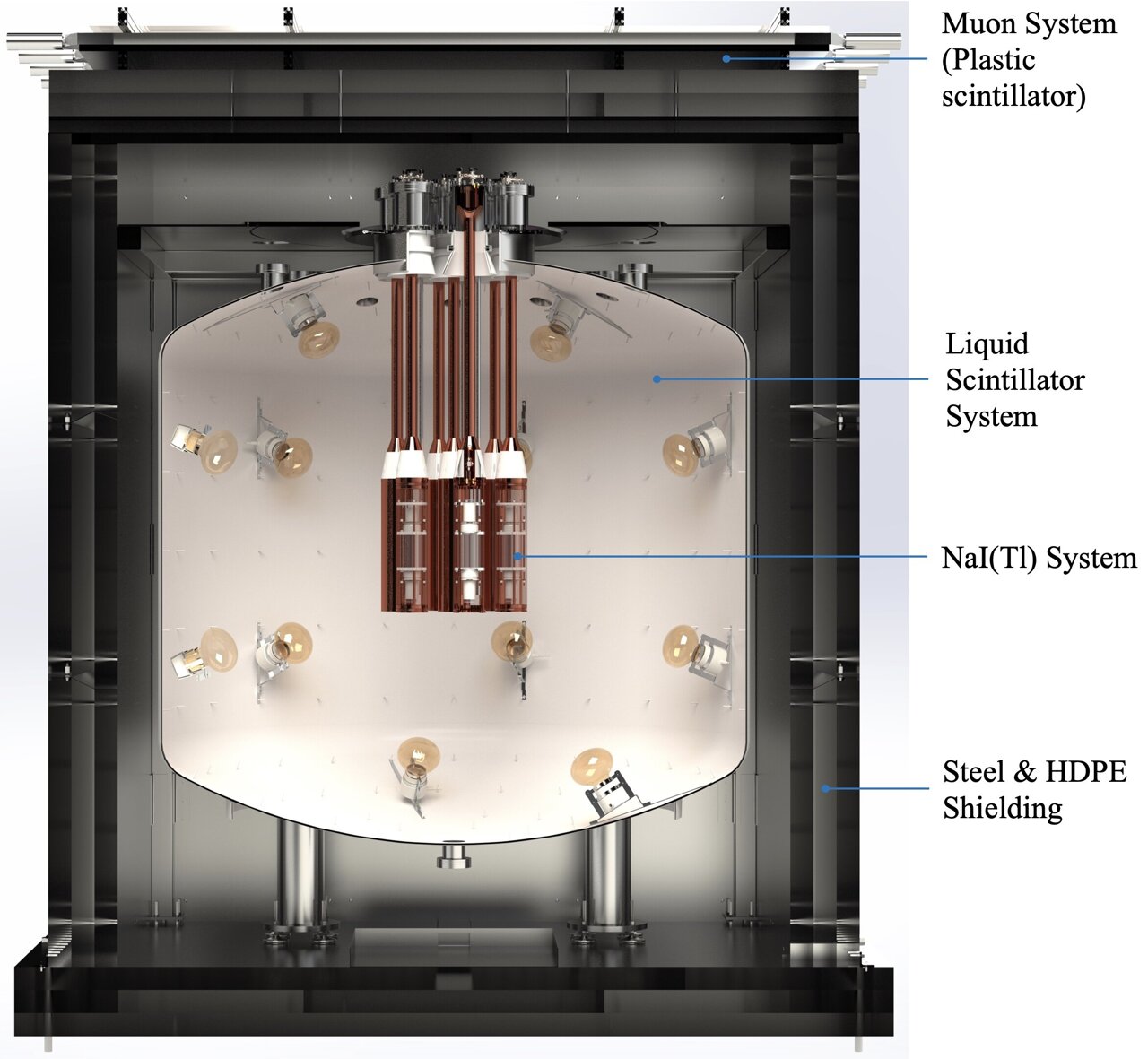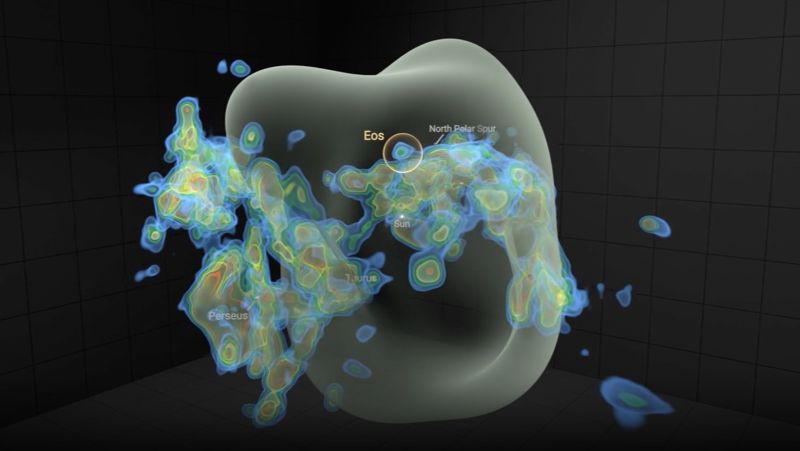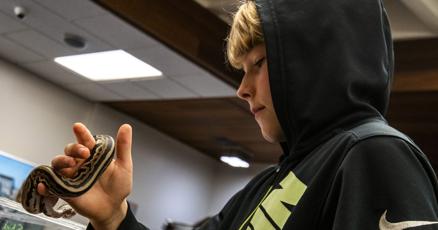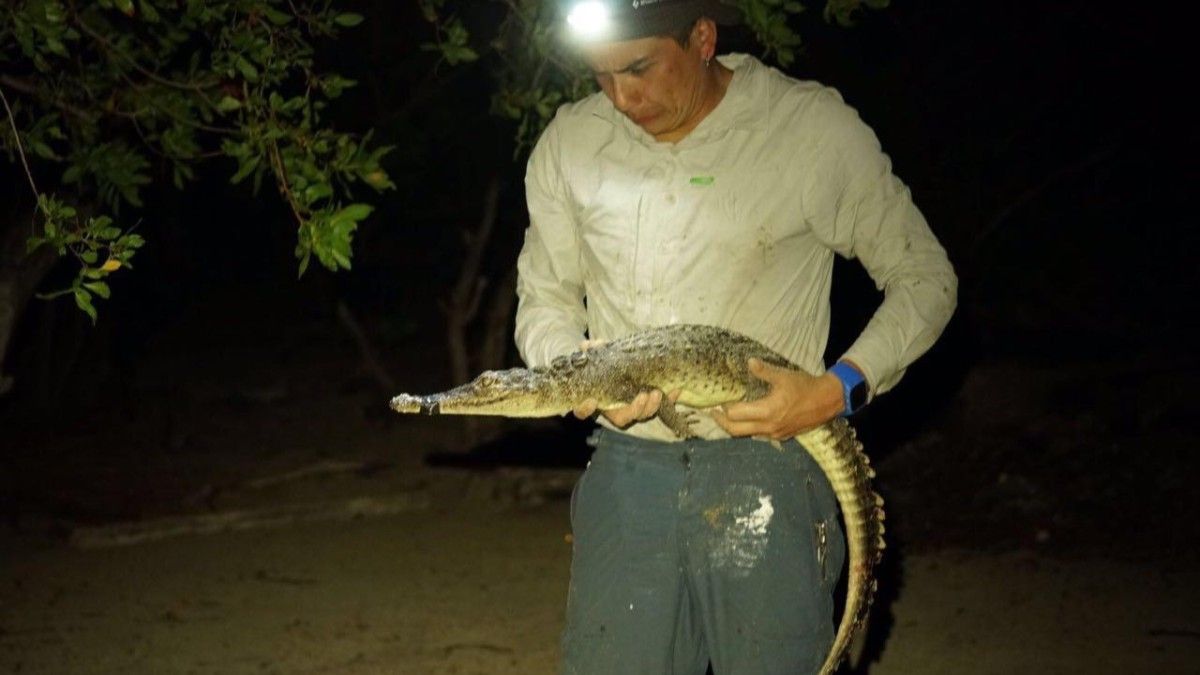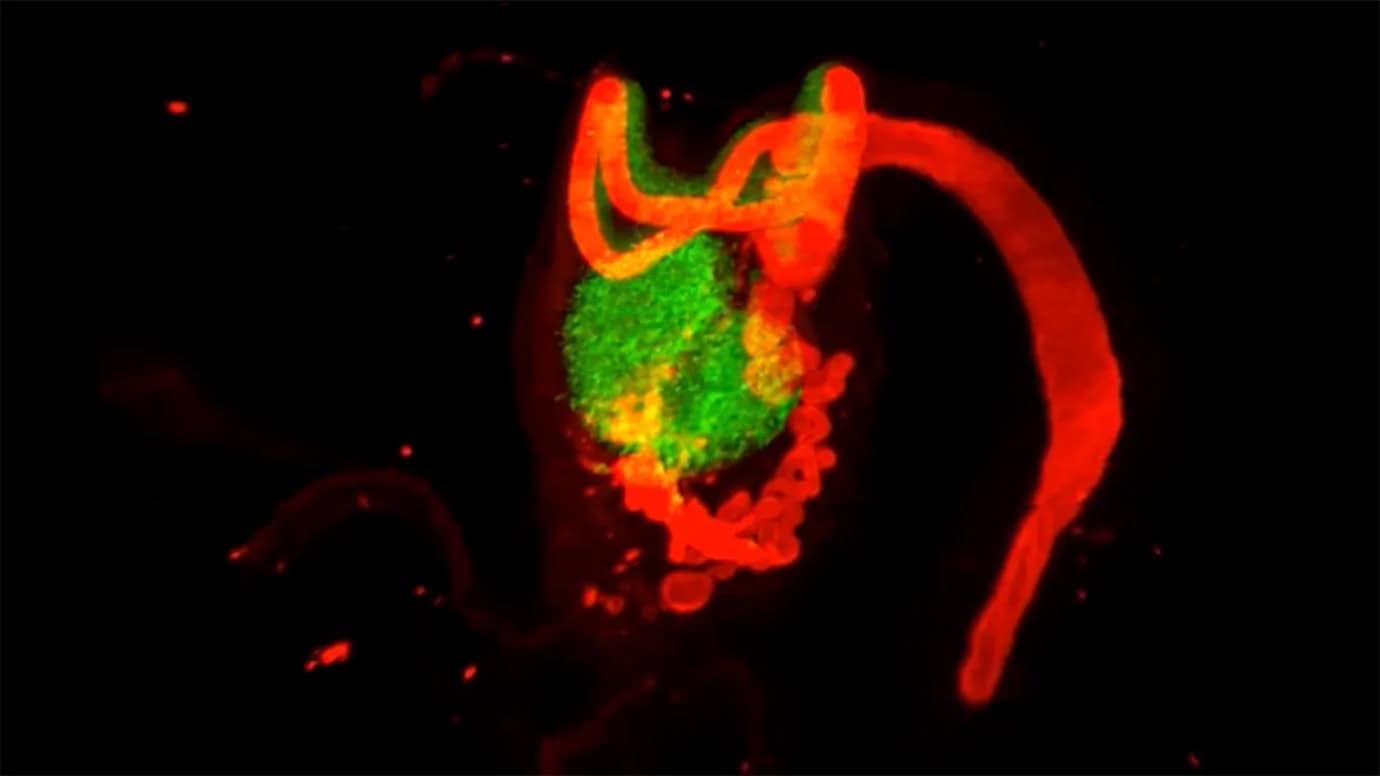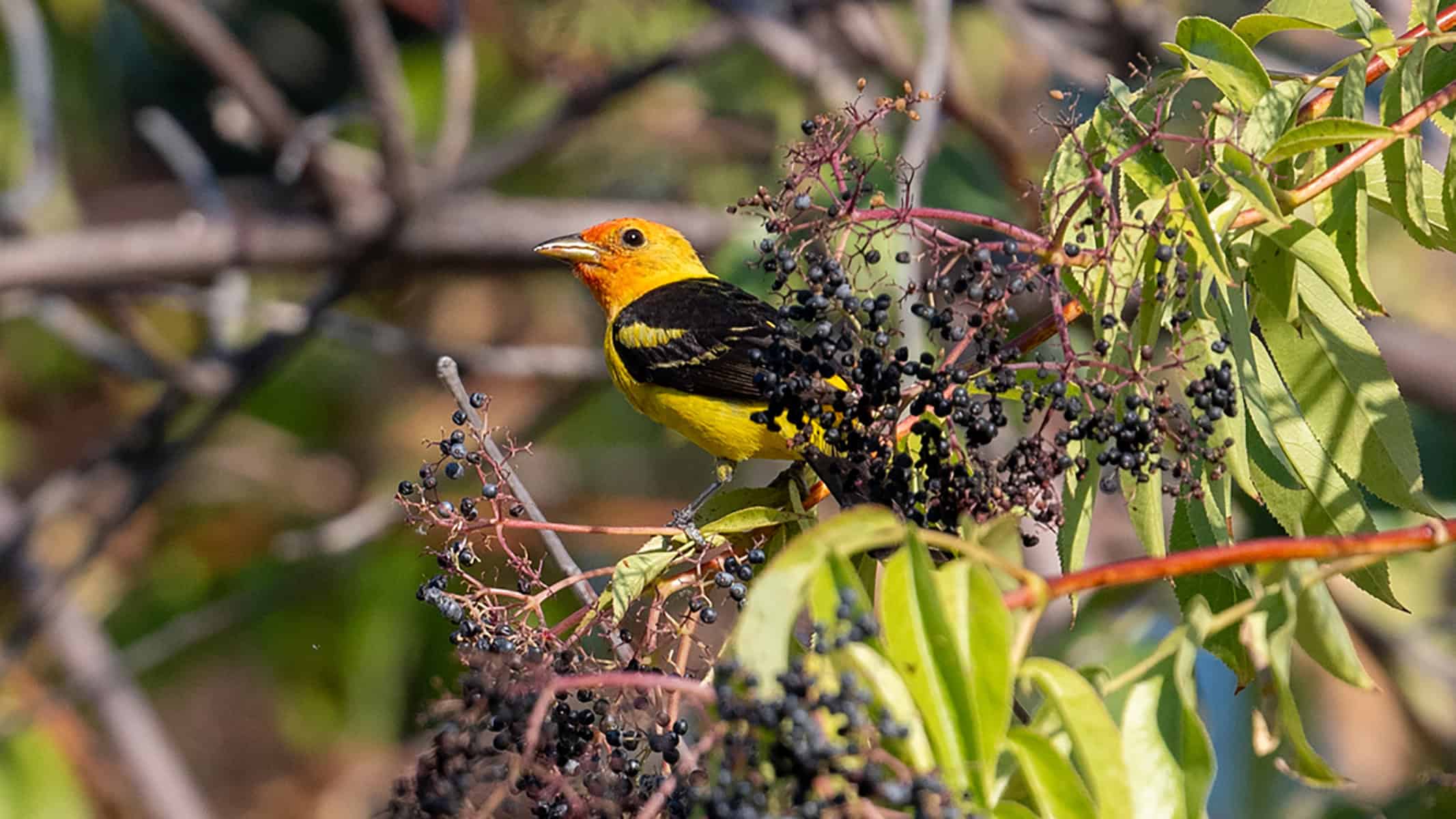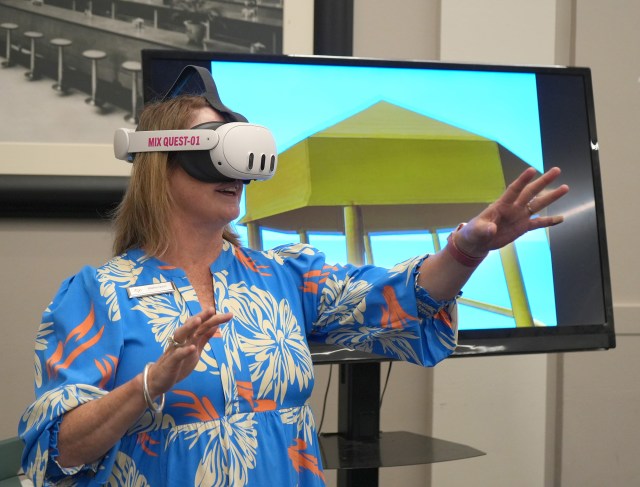
Green Tech Boost: Meta Empowers Science Museum's Climate Quest with Quarter-Million Dollar Grant
Meta, the global technology powerhouse known for platforms like Facebook, Instagram, and WhatsApp, is making a significant environmental statement by awarding the Science Museum of Virginia a substantial $250,000 grant. This generous funding is specifically earmarked to support innovative environmental initiatives that aim to raise awareness and drive meaningful climate action. The substantial grant underscores Meta's commitment to environmental sustainability and scientific education. By partnering with the Science Museum of Virginia, the company is leveraging its resources to promote critical environmental research and public engagement. This collaboration highlights the important role that technology companies can play in addressing global environmental challenges. Through these targeted initiatives, the Science Museum of Virginia will be able to develop educational programs, research projects, and interactive exhibits that help the public better understand climate change, conservation, and sustainable practices. Meta's financial support will enable the museum to expand its reach and impact in environmental education and awareness.

